
Links
Sheba Medical Centre
Melanie Phillips
Shariah Finance Watch
Australian Islamist Monitor - MultiFaith
West Australian Friends of Israel
Why Israel is at war
Lozowick Blog
NeoZionoid The NeoZionoiZeoN blog
Blank pages of the age
Silent Runnings
Jewish Issues watchdog
Discover more about Israel advocacy
Zionists the creation of Israel
Dissecting the Left
Paula says
Perspectives on Israel - Zionists
Zionism & Israel Information Center
Zionism educational seminars
Christian dhimmitude
Forum on Mideast
Israel Blog - documents terror war against Israelis
Zionism on the web
RECOMMENDED: newsback News discussion community
RSS Feed software from CarP
International law, Arab-Israeli conflict
Think-Israel
The Big Lies
Shmloozing with terrorists
IDF ON YOUTUBE
Israel's contributions to the world
MEMRI
Mark Durie Blog
The latest good news from Israel...new inventions, cures, advances.
support defenders of Israel
The Gaza War 2014
The 2014 Gaza Conflict Factual and Legal Aspects
Journalist’s anti-electric car agenda forgot the data
You may have heard recently about an article written by John Broder from The New York Times that makes numerous claims about the performance of the Tesla Model S. We are upset by this article because it does not factually represent Tesla technology, which is designed and tested to operate well in both hot and cold climates. Indeed, our highest per capita sales are in Norway, where customers drive our cars during Arctic winters in permanent midnight, and in Switzerland, high among the snowy Alps. About half of all Tesla Roadster and Model S customers drive in temperatures well below freezing in winter. While no car is perfect, after extremely thorough testing, the Model S was declared to be the best new car in the world by the most discerning authorities in the automotive industry.
To date, hundreds of journalists have test driven the Model S in every scenario you can imagine. The car has been driven through Death Valley (the hottest place on Earth) in the middle of summer and on a track of pure ice in a Minnesota winter. It has traveled over 600 miles in a day from the snowcapped peaks of Tahoe to Los Angeles, which made the very first use of the Supercharger network, and moreover by no lesser person than another reporter from The New York Times. Yet, somehow John Broder “discovered” a problem and was unavoidably left stranded on the road. Or was he?
After a negative experience several years ago with Top Gear, a popular automotive show, where they pretended that our car ran out of energy and had to be pushed back to the garage, we always carefully data log media drives. While the vast majority of journalists are honest, some believe the facts shouldn’t get in the way of a salacious story. In the case of Top Gear, they had literally written the script before they even received the car (we happened to find a copy of the script on a table while the car was being “tested”). Our car never even had a chance.
The logs show again that our Model S never had a chance with John Broder. In the case with Top Gear, their legal defense was that they never actually said it broke down, they just implied that it could and then filmed themselves pushing what viewers did not realize was a perfectly functional car. In Mr. Broder’s case, he simply did not accurately capture what happened and worked very hard to force our car to stop running.
Here is a summary of the key facts:
--As the State of Charge log shows, the Model S battery never ran out of energy at any time, including when Broder called the flatbed truck.
--The final leg of his trip was 61 miles and yet he disconnected the charge cable when the range display stated 32 miles. He did so expressly against the advice of Tesla personnel and in obvious violation of common sense.
--In his article, Broder claims that “the car fell short of its projected range on the final leg.” Then he bizarrely states that the screen showed “Est. remaining range: 32 miles” and the car traveled “51 miles," contradicting his own statement (see images below). The car actually did an admirable job exceeding its projected range. Had he not insisted on doing a nonstop 61-mile trip while staring at a screen that estimated half that range, all would have been well. He constructed a no-win scenario for any vehicle, electric or gasoline.
--On that leg, he drove right past a public charge station while the car repeatedly warned him that it was very low on range.
--Cruise control was never set to 54 mph as claimed in the article, nor did he limp along at 45 mph. Broder in fact drove at speeds from 65 mph to 81 mph for a majority of the trip and at an average cabin temperature setting of 72 F.
--At the point in time that he claims to have turned the temperature down, he in fact turned the temperature up to 74 F.
--The charge time on his second stop was 47 mins, going from -5 miles (reserve power) to 209 miles of Ideal or 185 miles of EPA Rated Range, not 58 mins as stated in the graphic attached to his article. Had Broder not deliberately turned off the Supercharger at 47 mins and actually spent 58 mins Supercharging, it would have been virtually impossible to run out of energy for the remainder of his stated journey.
--For his first recharge, he charged the car to 90%. During the second Supercharge, despite almost running out of energy on the prior leg, he deliberately stopped charging at 72%. On the third leg, where he claimed the car ran out of energy, he stopped charging at 28%. Despite narrowly making each leg, he charged less and less each time. Why would anyone do that?
--The above helps explain a unique peculiarity at the end of the second leg of Broder’s trip. When he first reached our Milford, Connecticut Supercharger, having driven the car hard and after taking an unplanned detour through downtown Manhattan to give his brother a ride, the display said "0 miles remaining." Instead of plugging in the car, he drove in circles for over half a mile in a tiny, 100-space parking lot. When the Model S valiantly refused to die, he eventually plugged it in. On the later legs, it is clear Broder was determined not to be foiled again.
When Tesla first approached The New York Times about doing this story, it was supposed to be focused on future advancements in our Supercharger technology. There was no need to write a story about existing Superchargers on the East Coast, as that had already been done by Consumer Reports with no problems! We assumed that the reporter would be fair and impartial, as has been our experience withThe New York Times, an organization that prides itself on journalistic integrity. As a result, we did not think to read his past articles and were unaware of his outright disdain for electric cars. We were played for a fool and as a result, let down the cause of electric vehicles. For that, I am deeply sorry.
When I first heard about what could at best be described as irregularities in Broder’s behavior during the test drive, I called to apologize for any inconvenience that he may have suffered and sought to put my concerns to rest, hoping that he had simply made honest mistakes. That was not the case.
In his own words in an article published last year, this is how Broder felt about electric cars before even seeing the Model S:
"Yet the state of the electric car is dismal, the victim of hyped expectations, technological flops, high costs and a hostile political climate.”
When the facts didn’t suit his opinion, he simply changed the facts. Our request of The New York Timesis simple and fair: please investigate this article and determine the truth. You are a news organization where that principle is of paramount importance and what is at stake for sustainable transport is simply too important to the world to ignore.
Elon Musk is the Chairman, Product Architect and CEO of Tesla Motors
This article was originally published by Tesla Motors. Republished with permission.
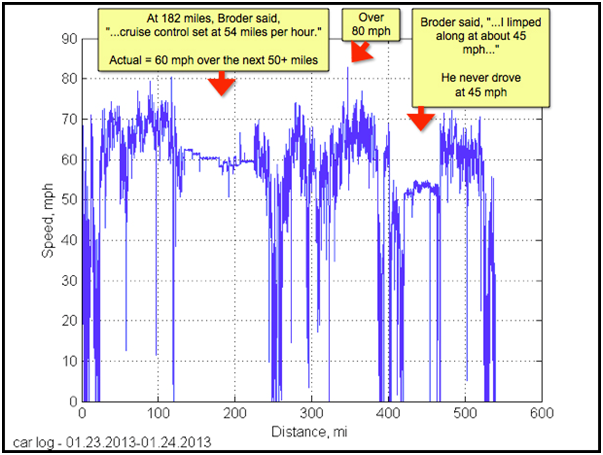
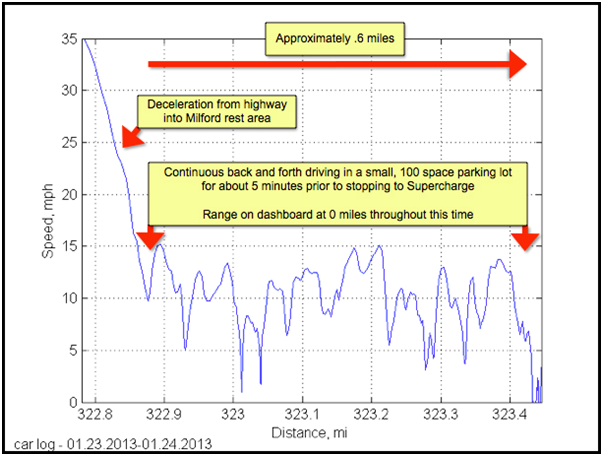
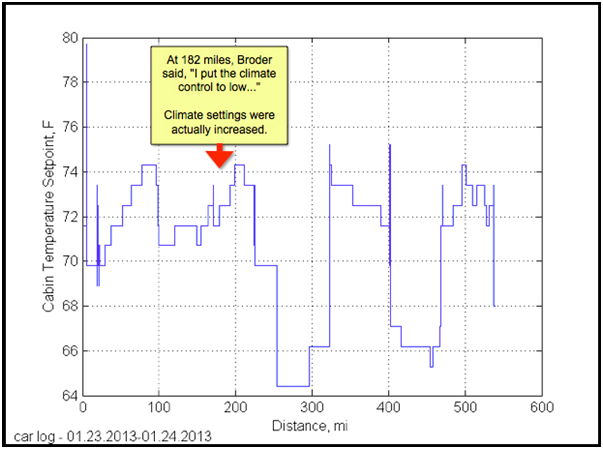
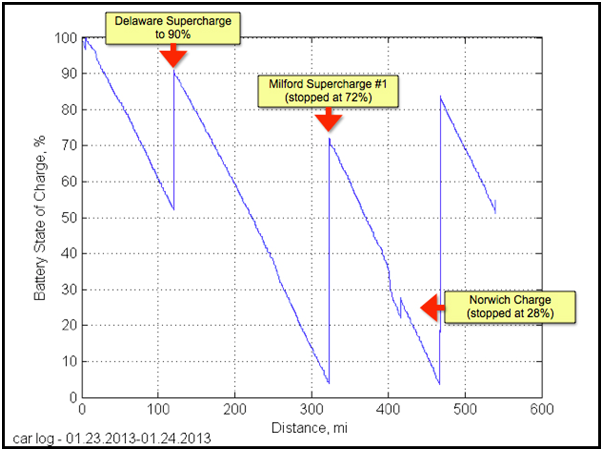
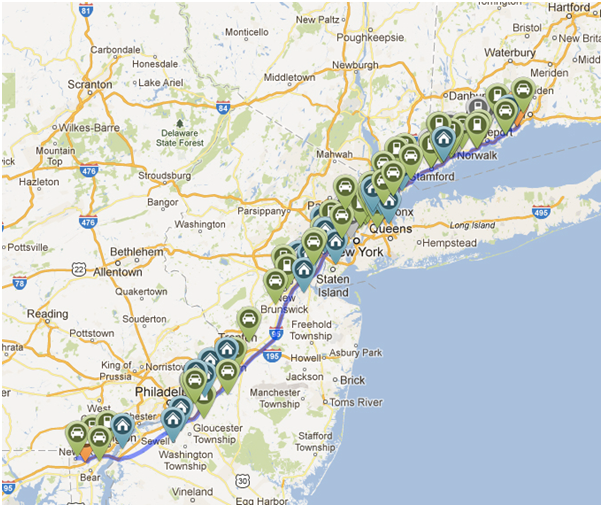

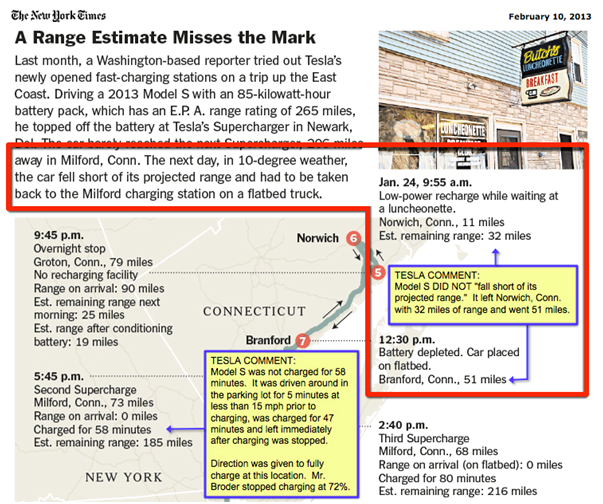
# reads: 345
Original piece is http://www.climatespectator.com.au/commentary/journalists-anti-electric-car-agenda-forgot-data/